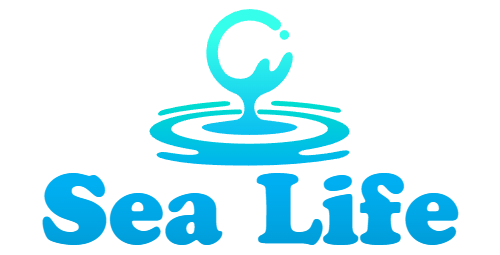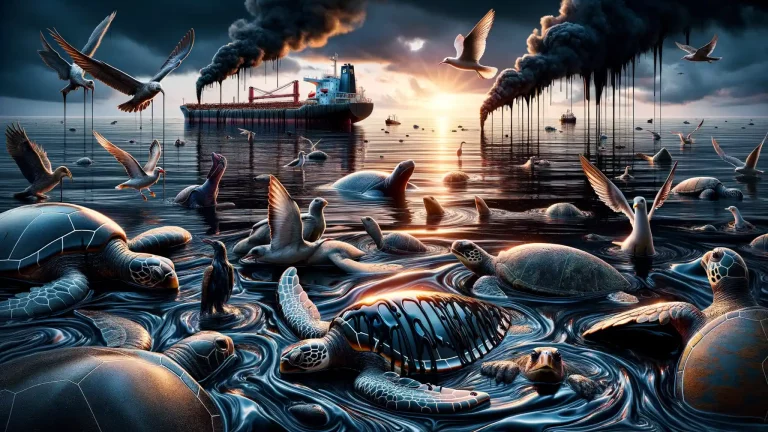Overview of Oil Spills and Their Causes
How Do Oil Spills Happen?
Imagine this: a single mistake, one miscalculation, and a delicate marine ecosystem is drenched in thick, choking oil. That’s the relentless reality of an oil spill. But what leads to these catastrophes? The causes are as varied as their devastating consequences.
A significant portion stems from human error—think of ships colliding or pipelines cracking under pressure. These incidents often unleash thousands of barrels of oil into the ocean. Then there are the infamous cases like the *Deepwater Horizon* disaster, caused by poor safety practices and equipment failure at drilling sites.
Nature doesn’t always play nice either. Fierce storms and earthquakes can rupture pipelines built long ago or overwhelm tankers carrying millions of gallons of crude. And let’s not forget illegal activities—deliberate discharge or sabotage can poison pristine waters without a shred of warning.
- Shipping accidents, such as vessel collisions or groundings
- Equipment failures at offshore drilling rigs
- Nefarious actions like oil theft and dumping
- Natural disasters pushing infrastructure past its breaking point
Every oil spill starts somewhere—but its ripple effects spread far and wide.
Immediate Impacts of Oil Spills on Marine Wildlife
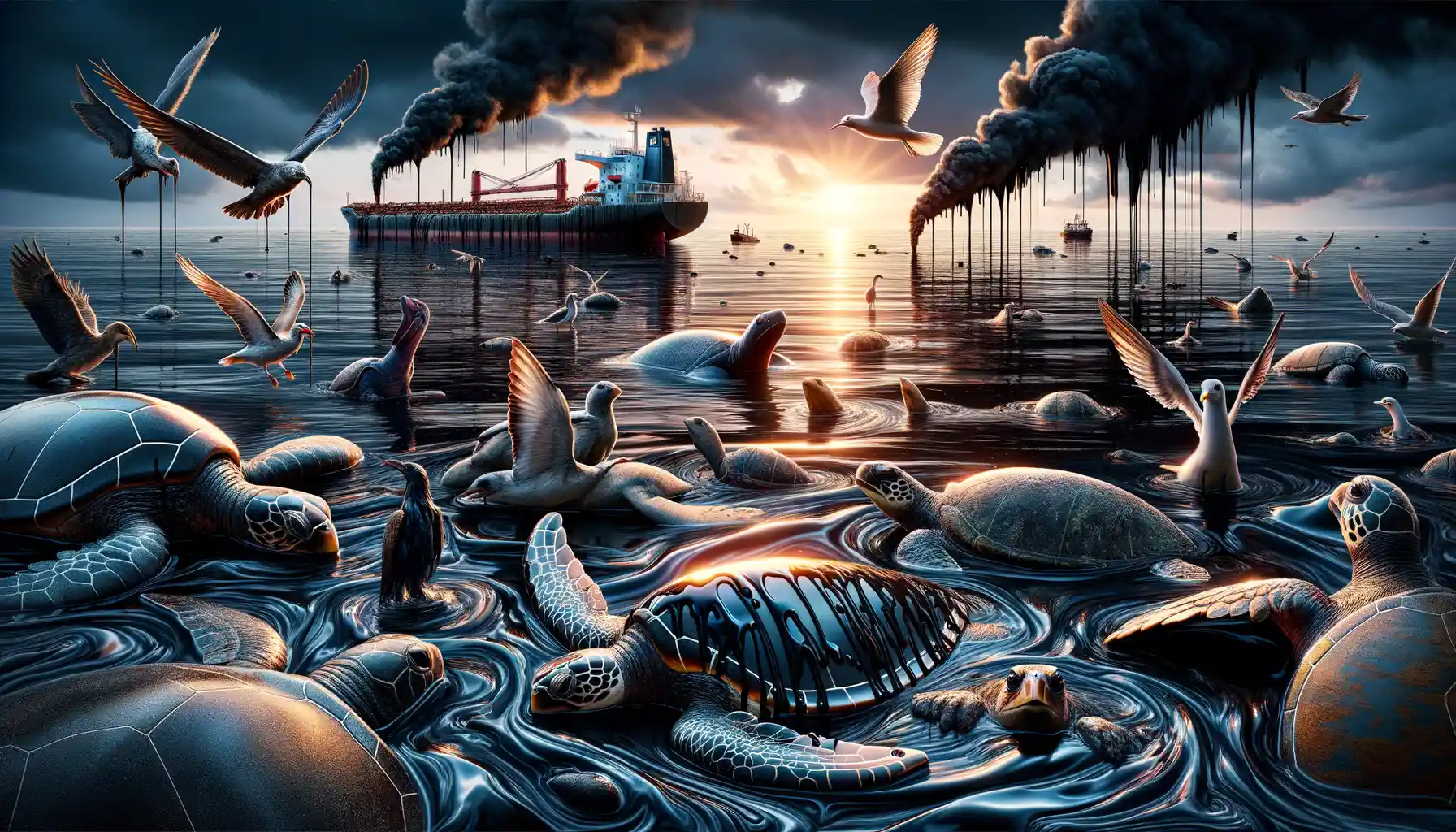
The Devastating Toll on Sea Creatures
Imagine being a bird soaring over the ocean, wings cutting through the salty breeze, when suddenly you’re drenched in thick, sticky oil. For countless marine animals, this horrifying scenario becomes reality during an oil spill. **Seabirds**, for example, lose their ability to fly, hunt, or stay warm as their feathers become coated in toxic sludge. Many perish from hypothermia or starvation.
And what about marine mammals? Picture a curious seal pup swimming through what should be its playground, instead finding its fur matted with poison. Unable to regulate its body temperature, it shivers in waters that were once a sanctuary.
A Chain Reaction Beneath the Waves
But the devastation doesn’t stop at the surface. Beneath the waves, the damage ripples out in ways we can only begin to imagine:
- Fish and crustaceans: Absorb toxins that poison their systems, making them unfit to eat—for predators and humans alike.
- Coral reefs: These underwater cities, supporting entire ecosystems, can suffocate under layers of oil.
The sea turns into a battlefield, and each creature fights for survival. The ocean, once teeming with life, becomes eerily quiet—a sorrowful reminder of how fragile these habitats truly are.
Long-Term Environmental Consequences
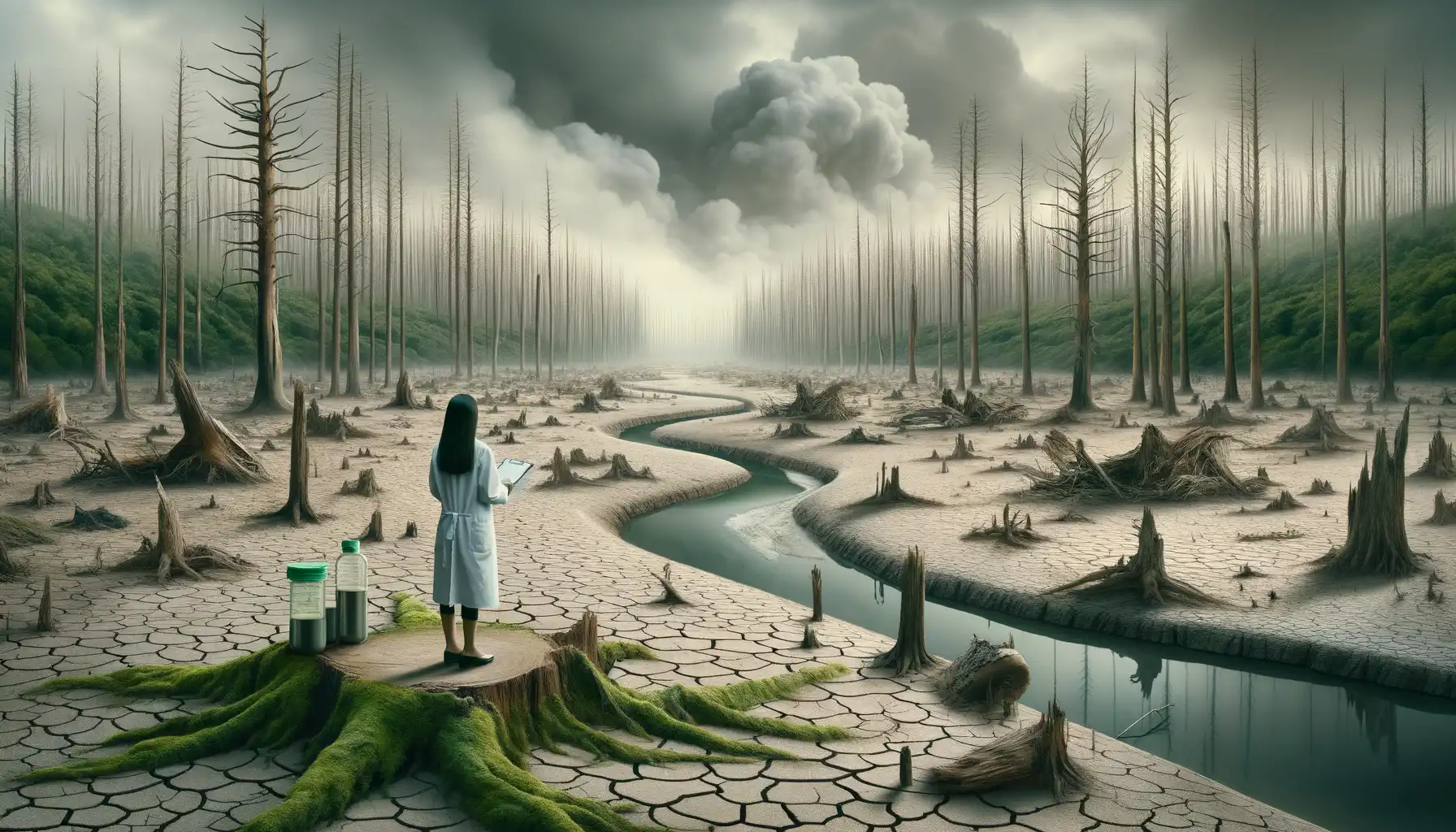
The Silent Ripple Effect on Ecosystems
Picture this: an oil spill doesn’t just wash away with the tide—it lingers, weaving itself into the fabric of marine environments for years, sometimes decades. The damage doesn’t politely pack up and leave; it seeps into every nook and crevice of the ecosystem. Take coral reefs, for example, which are the delicate underwater architects of biodiversity. When coated in oil, their fragile polyps die off, collapsing entire food chains.
And what about seagrass beds? These undersea meadows aren’t just pretty backdrops—they’re nurseries where juvenile fish grow into thriving adults. When oil spills smother these habitats, tiny sea creatures lose both their homes and their future.
- Bioaccumulation: Toxic chemicals from oil work their way up the food chain, poisoning everything from plankton to apex predators like whales.
- Oxygen depletion: Decomposing oil slicks consume oxygen, leaving marine life gasping for survival.
Coastal Communities Bear the Bruises
It’s not just the deep ocean that suffers. Coastal areas feel the sting too. Mangroves, those swampy superheroes that protect shores against erosion? They wither when oil clogs their roots. Imagine the devastation for migrating birds, who rely on these ecosystems as rest stops—a poisoned pit stop has dire consequences.
And beneath it all lies a bitter truth: some species never recover. Populations of sensitive creatures like sea turtles or certain whale species dwindle, sometimes disappearing entirely. The ocean doesn’t forget.
Efforts to Mitigate the Effects of Oil Spills
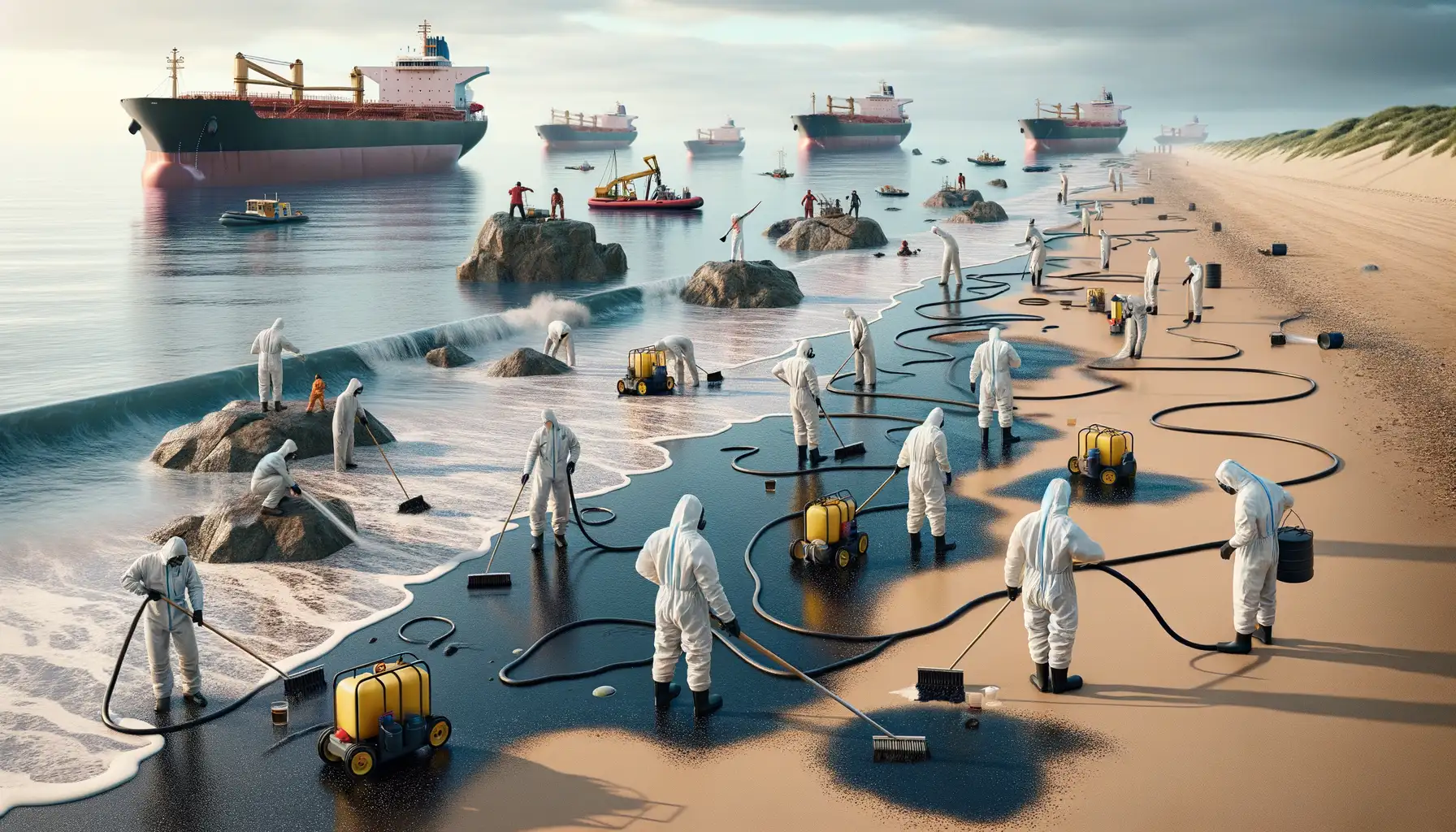
Turning the Tide: How We Battle Oil Spills
When oil spills into the ocean, it’s like a dark cloud swallowing up life beneath the waves. But humanity isn’t sitting on the sidelines—we’ve rolled up our sleeves, fighting back with every resource we’ve got. Responding to an oil spill is a race against time, and the tools are as diverse as the problem itself.
Skimmers glide across the water’s surface, their metal “arms” scooping up oil with precision. These machines work tirelessly, collecting slicks that might otherwise suffocate marine life. Then there’s the magic of chemical dispersants—a double-edged sword. Sprayed from planes or ships, these substances break oil into smaller droplets, making it easier for microorganisms to digest. A solution, though not perfect, for an imperfect crisis.
- Human volunteers scrubbing oil-soaked birds.
- Boats deploying boom barriers to contain spreading slicks.
- Specialized microbes feasting on oil, nature’s quiet cleanup crew.
Sometimes, cleanup efforts even turn high-tech! Think infrared drones scanning the ocean surface to track spillage with pinpoint accuracy. Technology and teamwork align to reclaim what’s been tarnished, proving that every drop of effort counts against the tide of devastation. It’s messy, relentless, but oh-so-vital.
Steps Towards Preventing Future Oil Spills
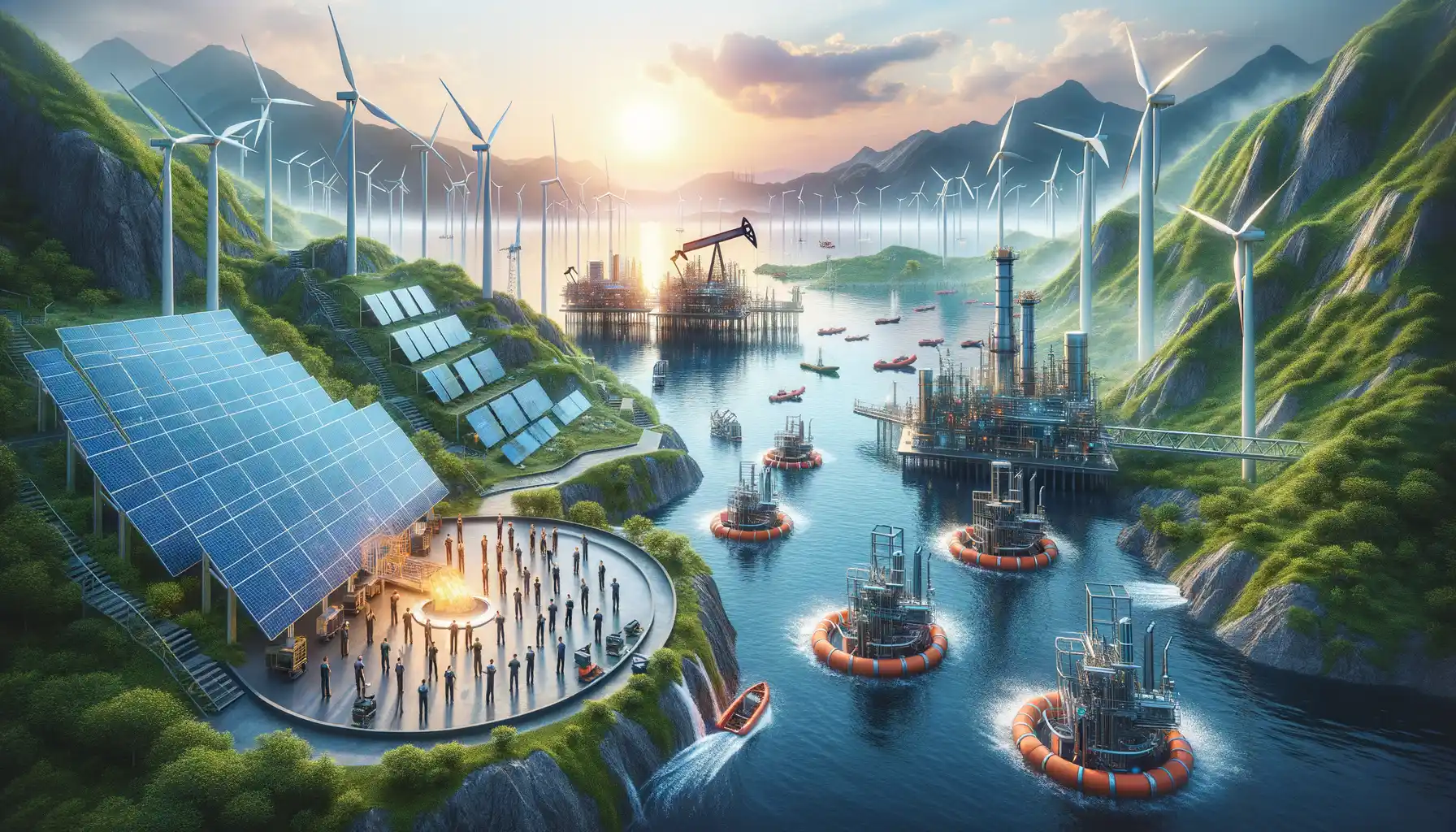
Strengthening Safety Measures and Technologies
Imagine this: a massive tanker glides across the ocean, carrying millions of gallons of oil—a lifeline for industries but a potential catastrophe for marine life. What if we could ensure that this journey doesn’t end in an environmental disaster? To prevent future oil spills, investing in cutting-edge safety technologies is not just an option; it’s an absolute necessity.
- Double-hulled ships: These vessels act like armored knights, adding an extra layer of protection against leaks—because prevention beats cure every time.
- Real-time monitoring systems: With satellite tracking and AI-powered sensors, companies can spot irregularities before they spiral into disasters.
- Emergency shut-off valves: Think of these as a “break glass in case of emergency” feature, ready to halt any unexpected oil flow during accidents.
Regulations must evolve too. Countries worldwide are recognizing the need for stricter laws, tougher inspections, and penalties that sting. After all, if our oceans are at stake, there’s no room for cutting corners.
Empowering Communities and Accountability
Here’s something that often gets overlooked: oil spills don’t just devastate sea creatures—they disrupt lives and livelihoods too. That’s why involving coastal communities in prevention strategies matters. Fishermen, tour operators, and activists who know their local waters can act as frontline defenders.
Imagine a fisherman alerting authorities to a leak early enough to contain it or an eco-tourism operator flagging irregular vessel movements. These are the human stories behind big-picture solutions. Pair this with corporate accountability, enforcing transparency in oil transport operations, and suddenly the narrative changes from reaction to prevention.
